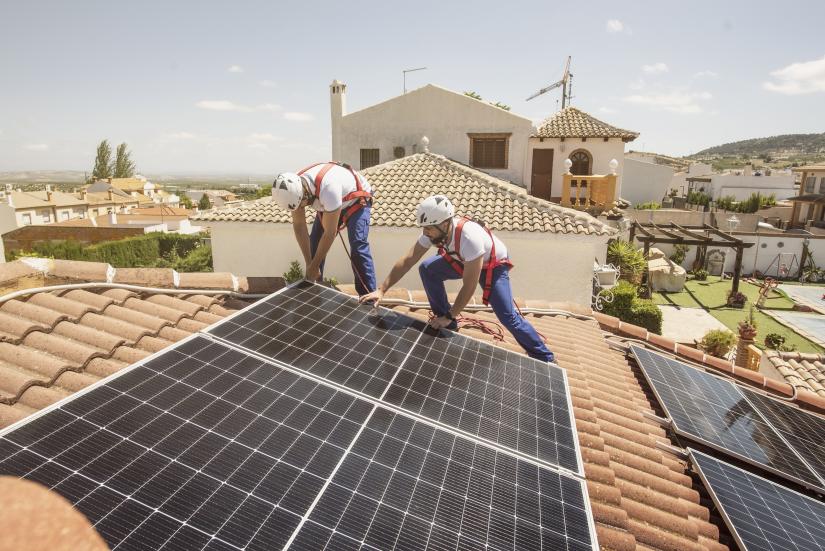In the next five to 10 years a significant number of rooftop solar PV systems will reach end of life in Australia. Unless circular economy strategies are put in place to reuse and recycle panels and components, waste volumes could reach between 300,000 and 450,000 tonnes by 2040.
These strategies would enable sustainable supply chains by ensuring the precious resources are not wasted and reduce the social and environmental impacts associated with mining by minimising the use of virgin materials.
The NSW Government invested $10 million fund to help NSW's transition to circular economy renewable energy sources.
A circular economy for photovoltaic (PV) systems requires changes across the whole supply chain including promoting circular design and manufacturing of high-quality systems, maximising product lifetimes through maintenance, repair and reuse, establishing high-value recycling, and reducing landfilling.
ISF was commissioned to undertake research as part of a broader project led by PV Industries Pty Ltd and funded by the NSW Environment Protection Authority through the Circular Solar Grants Program.
There were three main research outputs:
(1) Up-to-date material flow and spatial model to estimate the resource recovery potential in Australia
(2) Comprehensive survey of approximately 50 installers to understand decommissioning and end-of-life management practices, including early decommissioning
(3) Interviews with experts in industry, policy and academia to evaluate reuse market opportunities and assess barriers and enablers
This research highlighted the significant opportunity to reuse PV systems in Australia. Presently the domestic second-hand market is under-developed and there is a growing unregulated export market to low- and middle-income regions without prior testing, repair or refurbishment. This will result in the export of a waste problem if destination countries do not have the infrastructure or systems in place to manage these products at end of life.
To enable the development of reuse pathways for PV systems, the research highlighted a need to: (1) establish definitions and criteria for reusability, (2) develop new standards for repairing and testing second-hand systems, (3) provide information and assurances for customers purchasing second-hand, (4) ensure emerging reverse logistics solutions are designed to facilitate reuse, and (5) develop new financial incentives for repaired and tested systems to be cost-competitive.
Circular Solar
RESEARCH OUTPUTS
Characterising Material Stocks for PV Systems and Estimating Material Recovery Potential (2023) (Report)
Managing End-of-Life Photovoltaic Systems in Australia: Key Findings from Installer Survey (2023) (Report)
Enabling a Responsible Second-Hand Market for Photovoltaic Systems in Australia (2023) (Report)
A circular economy for solar PV systems in Australia: Opportunities for re-use (2023) (Briefing note)
Researchers
-
Research Director
-
Senior Research Consultant
-
Senior Research Consultant
-
Senior Research Consultant
-
Research Principal
Years
- 2021-2023
Location
- Australia
Funded by
- NSW Environment Protection Authority (EPA)
SDGs
This project is working towards UN Sustainable Development Goals 12 and 13.









